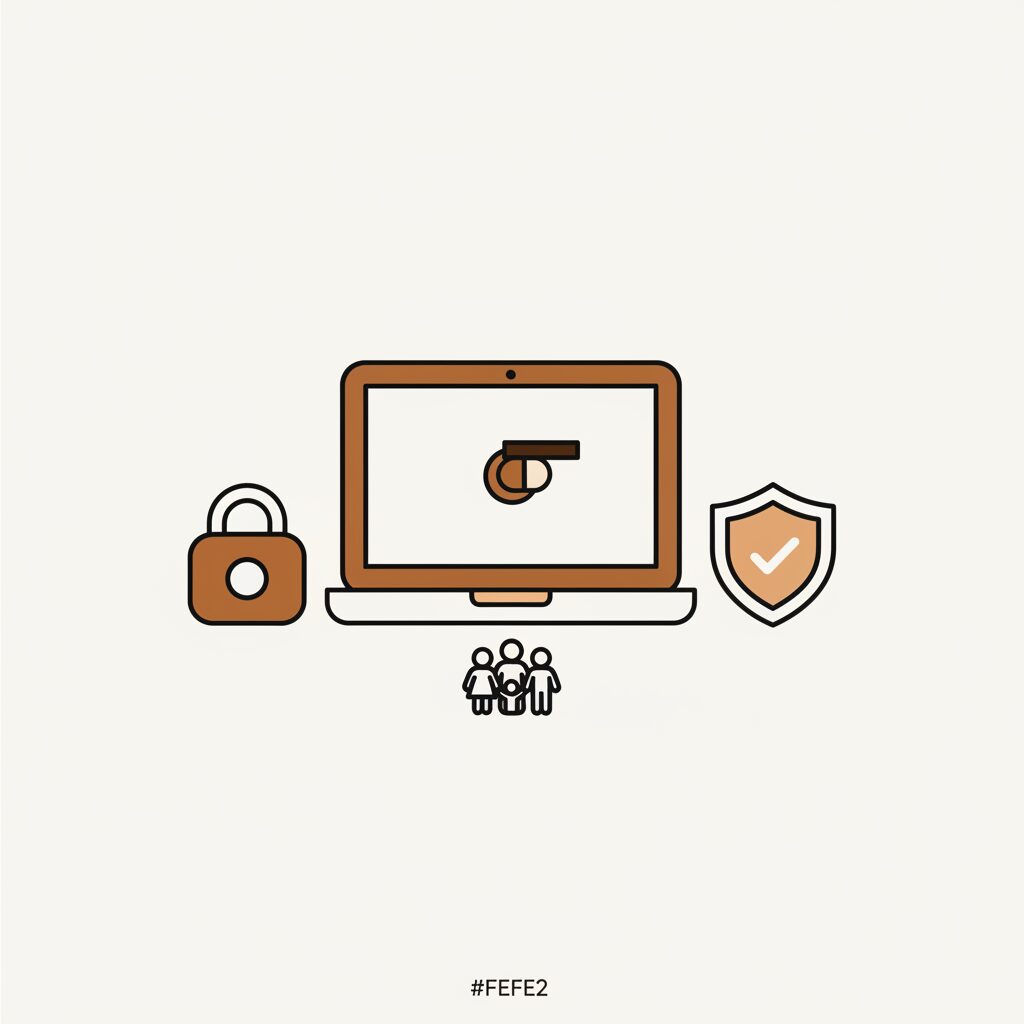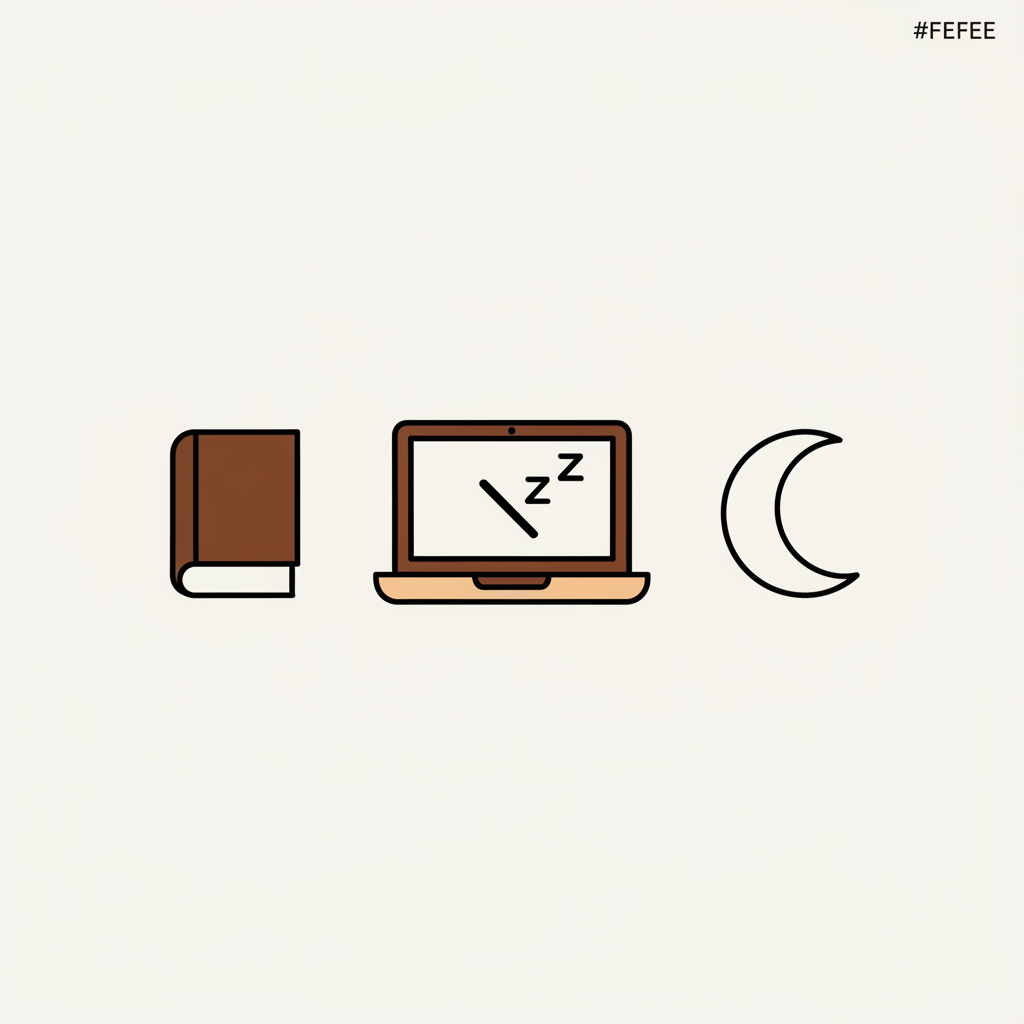
You know that quiet hum when the household settles? Dishes clinking, kids giggling over sidewalk chalk, and you’re wrestling with whether tech truly serves your family or just fills the silence. Lately, I’ve been eyeing tools that don’t just buzz with specs but feel… intentional. Like they respect the messy, beautiful chaos of raising curious humans. When did tech last feel like a guest, not an intruder in your home?
Why a Privacy Shutter Made Me Pause My Scrolling

Picture this: Grandma’s video call lighting up the screen while your little one proudly shows off finger-paint art. Now imagine a physical switch—a tiny click—that tucks the camera away when schoolwork’s done. Not code, not settings buried in menus. A real, touchable guarantee that eyes stay closed when privacy matters most.
That’s the Crosshair’s whisper to parents today: tech should bend around family moments, not force us into digital corners. It’s not about hiding—it’s about trusting that your child’s imagination blooms safest when they know they’re seen by you, not algorithms. What if we demanded that shift everywhere? Tools with tangible guards, built for human trust.
Power Without the Roar (Because Bedtime Stories Can’t Wait)

Gaming laptops often sound like jet engines revving—perfect for midnight raids, disastrous for family flow. But this beast? MSI’s Cooler Boost 5 hums quieter than bedtime-story sighs under load. This quiet operation does more than reduce noise—it reshapes how our kids interact with technology.
Here’s the dad-truth: kids mimic our tech energy. When screens roar, stress echoes. When they purr? We breathe deeper. That gentle rhythm teaches them tech isn’t always a race—it’s a collaborator. Maybe our real win isn’t faster pixels but calmer spaces where ‘show me how you made that’ conversations outlast any benchmark.
Creativity That Starts Outside the Screen

Let’s talk AI art tools for a sec—they handle local image generation like a dream. But here’s my family’s twist: we fire up such tools after park adventures. My daughter collects fallen leaves; we scan them into AI prompts. ‘Make this oak leaf dance at midnight!’ she’ll declare. The tech becomes a bridge, not a cage—a way to remix real-world wonder.
That color-accurate display? It’s not for gaming rigs. It’s for projecting her hand-drawn ‘sunset’ onto the living room wall so we can tweak it together. True magic isn’t pixels—it’s watching her own ideas transform, knowing the screen’s just a canvas. Why not try this tomorrow: sketch ideas with paper first. Let the digital glow deepen stories, not replace them.
The Quiet Revolution Inside the Chassis

Intel’s Core Ultra 9 chip with its ‘NPU’ (that’s the brain for local-AI tasks) isn’t marketing fluff—it means complex chores happen right here, not in some distant cloud. Family photos stay on the machine. Kids’ school projects don’t need internet tethering. It’s like keeping your recipe box on the kitchen counter instead of mailing it to a stranger.
We’ve normalized surrendering data like spare change. But what if tech champions family autonomy? That’s the heartbeat I felt testing this: resilience built into the wiring. Imagine teaching your child to question why a tool needs their voice recordings—or realizing they don’t always have to share to create. That’s legacy-building.
Let Tech Be the Sidekick, Not the Star

At its core, the buzz around ‘AI laptops’ isn’t really about AI. It’s about whether we let gadgets serve childhoods or shrink them. That overcast afternoon I spent watching my kid build stick forts? She needed damp earth and giggles—not a screen. Powerful tools earn their place between real-world sparks, not instead of them.
So here’s my playful challenge: next tech purchase, ask ‘will this carve more space for us?’ If it silences distractions while amplifying curiosity—like a machine that renders family photos quietly or guards privacy with a click—it’s not just smart hardware. It’s an ally. Now, if you’ll excuse me? There’s a sidewalk chalk mural calling our names. The laptop can wait.
Source: MSI Crosshair 16 HX AI (2025) review, PcGamer, 2025/09/01
